For a long time, Caspian Sea caviar from the Beluga, Osetra or Sevruga sturgeon was the only accepted type of caviar in the market. Today, the definition has expanded both semantically and geographically.
Although die-hard purists will always maintain that true caviar comes from sturgeon only, more modern connoisseurs now concede that there are many different varieties of roe that are great alternatives to the traditional mainstays. A wide variety of roes that are typically referred as caviar, like Hackleback, Paddlefish, red Salmon, to name a few, and are extremely popular, high quality, and widely consumed.
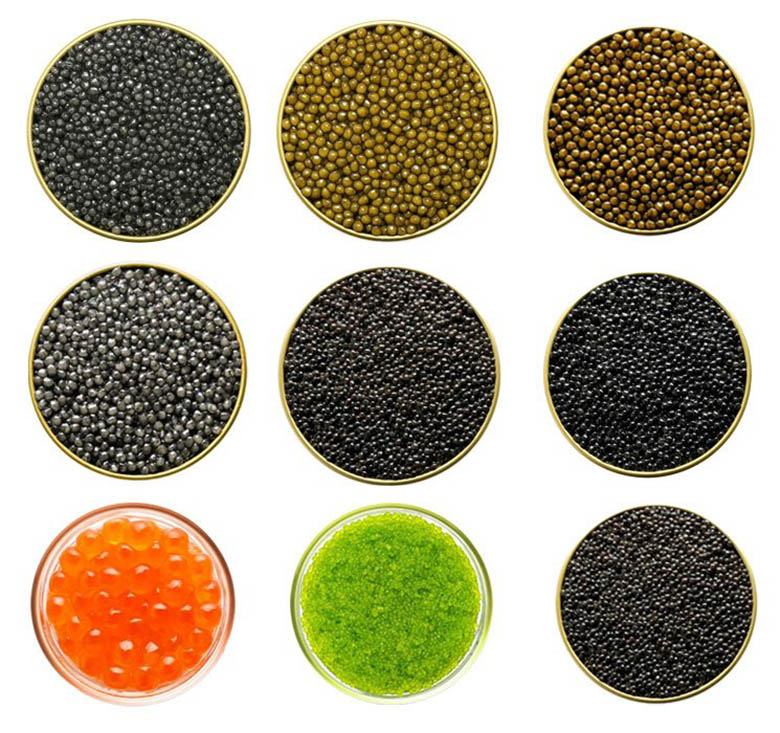
A Guide to Caviar Grading
Sturgeon eggs are commonly graded using a system that assesses several key attributes. The specific grading criteria can vary among producers, but some common factors include:
- Color: The color of the eggs is an essential factor. The best is uniform and translucent — off-color or inconsistent eggs receive lower grades.
- Size: The size of the eggs is another critical consideration. Larger eggs are often preferred and receive higher grades.
- Texture: The texture is evaluated for firmness and how well the eggs separate. Great quality usually has firm, intact eggs that pop upon biting.
- Flavor: The flavor profile is crucial. It should be clean, fresh, and free from any undesirable aftertaste. Top quality caviar is characterized by its exceptional taste.
- Processing: The quality of the processing, including how well the eggs are cleaned and salted, affects the grade. It should be carefully processed to maintain its quality.
- Freshness: Fresh is typically preferred, and older eggs may receive a lower grade.
- Consistency: Consistency is assessed — it should be uniform in all aspects.
The World’s Finest Caviar Varieties
This delicacy is now farmed and harvested not only in Russia and Iran, but also in many different — and surprising — parts of the world, like Bulgaria, France, California, and even Uruguay. Here are some common varieties:
- Caspian: This encompasses varieties from the Caspian Sea region, including Osetra, Beluga, and Sevruga.
- Russian: Russia’s reputation in caviar production is well-deserved, offering a wide array of choices such as Ossetra, Sevruga, and Sterlet.
- Iranian: Iran produces high-grade caviar, particularly Beluga and Osetra, as well as the more specialized Karaburun.
- American: The U.S. has its unique take on caviar with varieties like paddlefish roe, that is called “American sturgeon” caviar, and hackleback from the shovelnose sturgeon. It also includes bowfin roe, called “Cajun caviar”.
- Chinese: China has emerged as a strong contender in the industry, producing high-quality Kaluga and Amur River Beluga. Chinese varieties also include Siberian sturgeon and Schrenkii Esox (Snakehead), known as “Chinese sevruga”.
Each kind brings its own history, flavor, and texture, contributing to the global diversity of caviar.
Types of Caviar: Traditional Sturgeon Caviars
Beluga
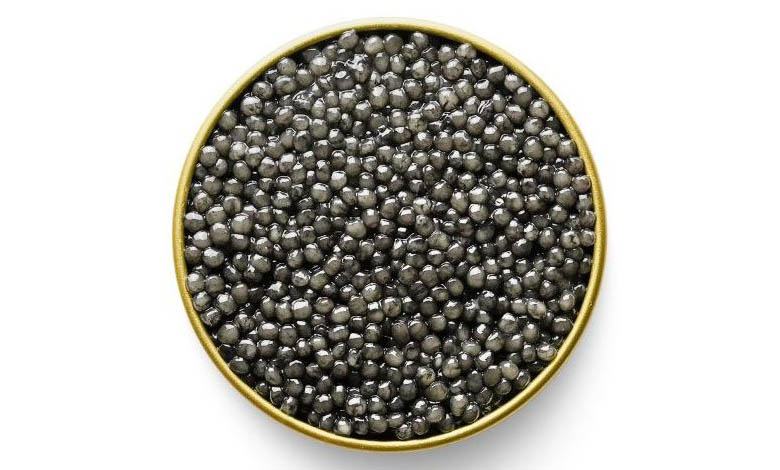
The most luxurious caviar in the world, Beluga from the huso huso sturgeon is the epitome of culinary sophistication. With large, pearlescent eggs, of a light glistening grey, Beluga is prized for its smooth, buttery texture, and a rich and subtle flavor that melts in the mouth.
Osetra
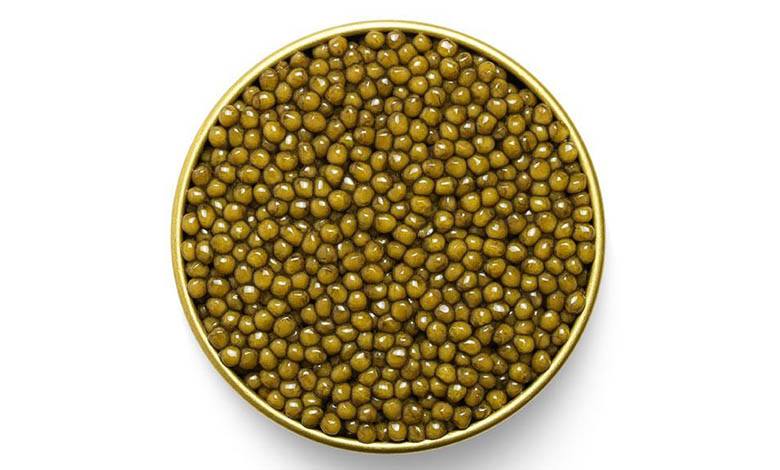
It’s not Beluga, but this is truly the next best thing. Of the higher-end eggs, golden Osetra is a strong contender for the title of ‘best in the world’. Osetra varies in color from golden to brown, firm grains of medium size and a nutty and rich flavor.
Sevruga
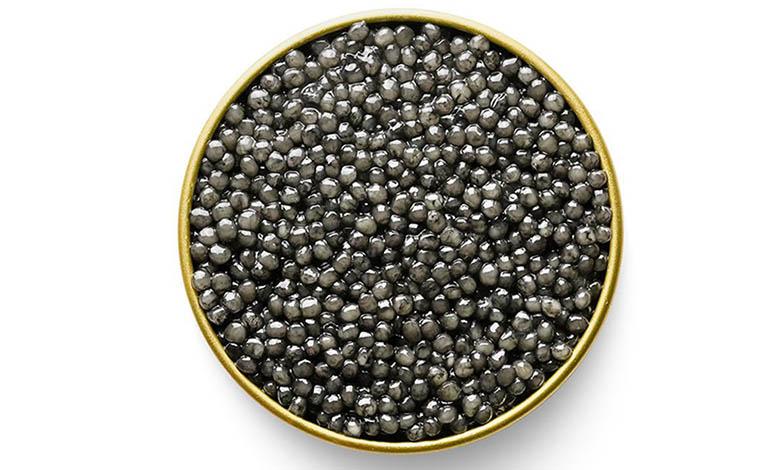
Of all the sturgeon species, the Sevruga from the Acipenser stellatus sturgeon, reproduces the quickest, and therefore is much more available, which translates into lower market prices. You’ll find that these small and delicate grey to black eggs is a pleasure to bite into, with a crunchy texture. While other caviars dissolve in your mouth, Sevruga playfully crackles and pops with a more intense flavor.
Sterlet
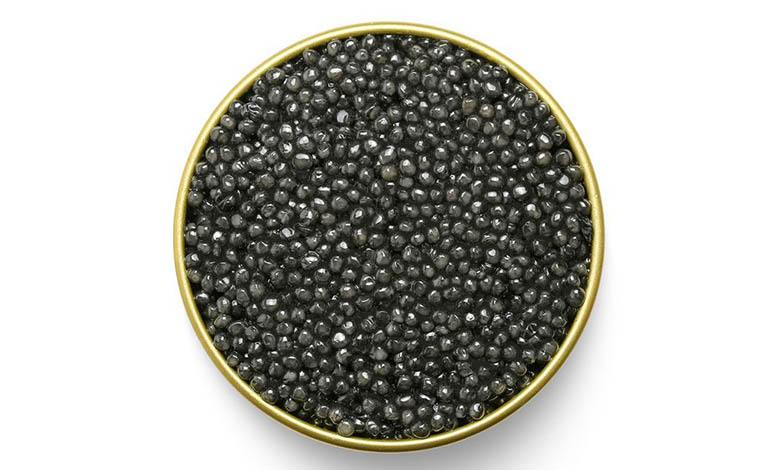
Sometimes confused or mislabeled as Sevruga, this smallish caviar comes from Sterlet sturgeon, Acipenser ruthenus. Sterlet is light to dark grey, with small grains that have an intense flavor.
Kaluga
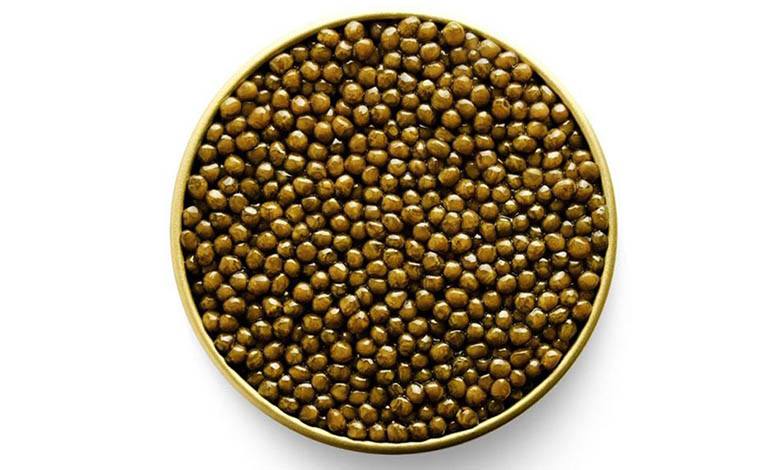
Known as river beluga, Kaluga, from the huso Daricus, comes from the Amur River basin, and like most sturgeon caviars these days it is mostly farm-raised, which allows for sustainability and strict quality controls. Kaluga caviar is incredibly like Beluga — creamy, smooth, with an almost buttery texture and a great firm pop and is one of the tops of the line in the market. Combining all the wonderful characteristics of Beluga, you can eat luxurious Kaluga caviar knowing you are consuming eco-friendly, sustainable caviar of the highest quality.
Paddlefish
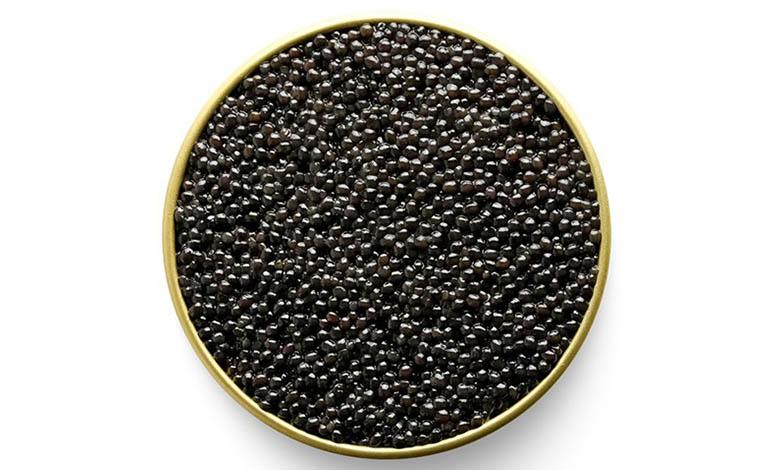
Many a restaurateur will tell you this is a worthy substitute for the pricier sturgeon caviar, especially the pricey Sevruga. Paddlefish comes from the American Spoonbill sturgeon, Polyodon spathula, a fish found in lakes and rivers in the South of the United States. Paddlefish looks very much like Sevruga, with eggs that are small and blackish-grey, and a crisp and light flavor.
Hackleback
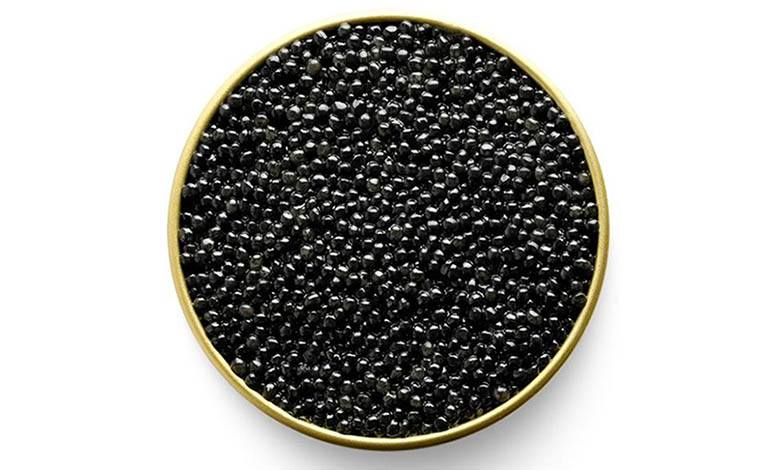
This is another contender when looking to substitute the classic Caspian sturgeon. Hackleback comes from the American Shovelnose sturgeon, a fish found in Mississippi River. Like the Sevruga both in the size and texture of its eggs, Hackleback has small firm eggs that are dark brown to black. Hackleback sturgeon has the smooth and delicate flavor of Caspian sturgeon, but milder and with a little extra nutty punch.
Other Types of Caviars and Roes
Salmon (Salmon Roe)
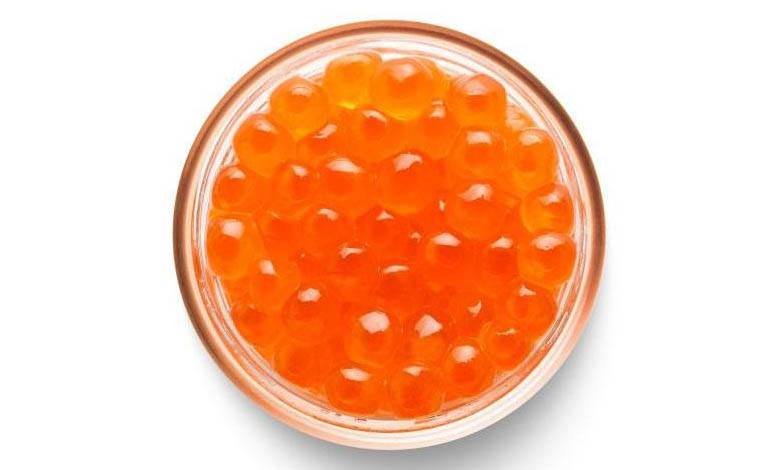
This haute type of fish roe is worth getting for looks alone. Eggs of a beautiful red color glisten and sparkle as you place them over some fresh blini or sprinkle them over dishes as a garnish. Widely available in the cold waters of Alaska and Russia, the prices of salmon eggs are dramatically lower than those of sturgeon. The flavor is very fresh, succulent, and superbly juicy.
Sushi or Flying Fish Roe: Capelin, Tobiko and Masago
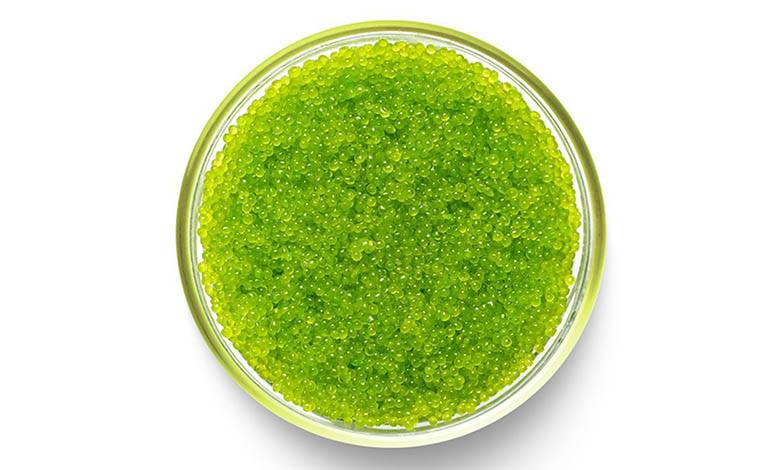
These tiny and colorful roes come from different small flying fish from Iceland. The small fish eggs are naturally black but are dyed and flavored with a variety of ingredients to make them more intense. They’re typically found as a topping to sushi and nigiri dishes.
What Is the Most Expensive Type of Caviar
Most people believe that the most expensive caviar is black sturgeon. However, that isn’t the case; the priciest is golden or "diamond" caviar. This rare and costly delicacy comes from the albino beluga sturgeon, which has a pure white appearance.
It’s believed that the older the fish, the lighter and more delicate the flavor of its roe. An albino beluga can weigh up to a ton and live for up to 100 years. Its caviar has a unique golden-amber color, giving each pearl an almost glowing effect. It is produced in very limited quantities and, naturally, comes with a high price tag.
It has a faint almond flavor. No more than 10 kg of golden caviar is produced each year. While belugas reach maturity at around 22 years, diamond caviar only appears in fish that are around 80 years old. This unique color and flavor make it a rare find.
The Highest Priced Black Caviar
Among black caviar varieties, beluga caviar is considered the most expensive. Its price is determined by the fish’s habitat and production methods. This type of black caviar is larger than other sturgeon varieties, which is considered a distinct advantage. Its color ranges from black to grey. Osetra holds second place, followed by Sevruga in third.
The Most Expensive Types of Red Caviar
Red caviar is generally less expensive than black due to the larger-scale production of salmon roe, which is less costly to produce. Chinook (or king) salmon caviar is the most valued among red varieties, known for its delicate flavor with a hint of bitterness. Its relatively large size and rarity add to its value.
Less costly varieties include keta and coho salmon roe. Keta is visually appealing, making it ideal for garnishing dishes, while coho roe has a dark red color and smaller size. Although it’s valued for its health benefits, it ranks lower in flavor than other kinds, with slight bitterness.